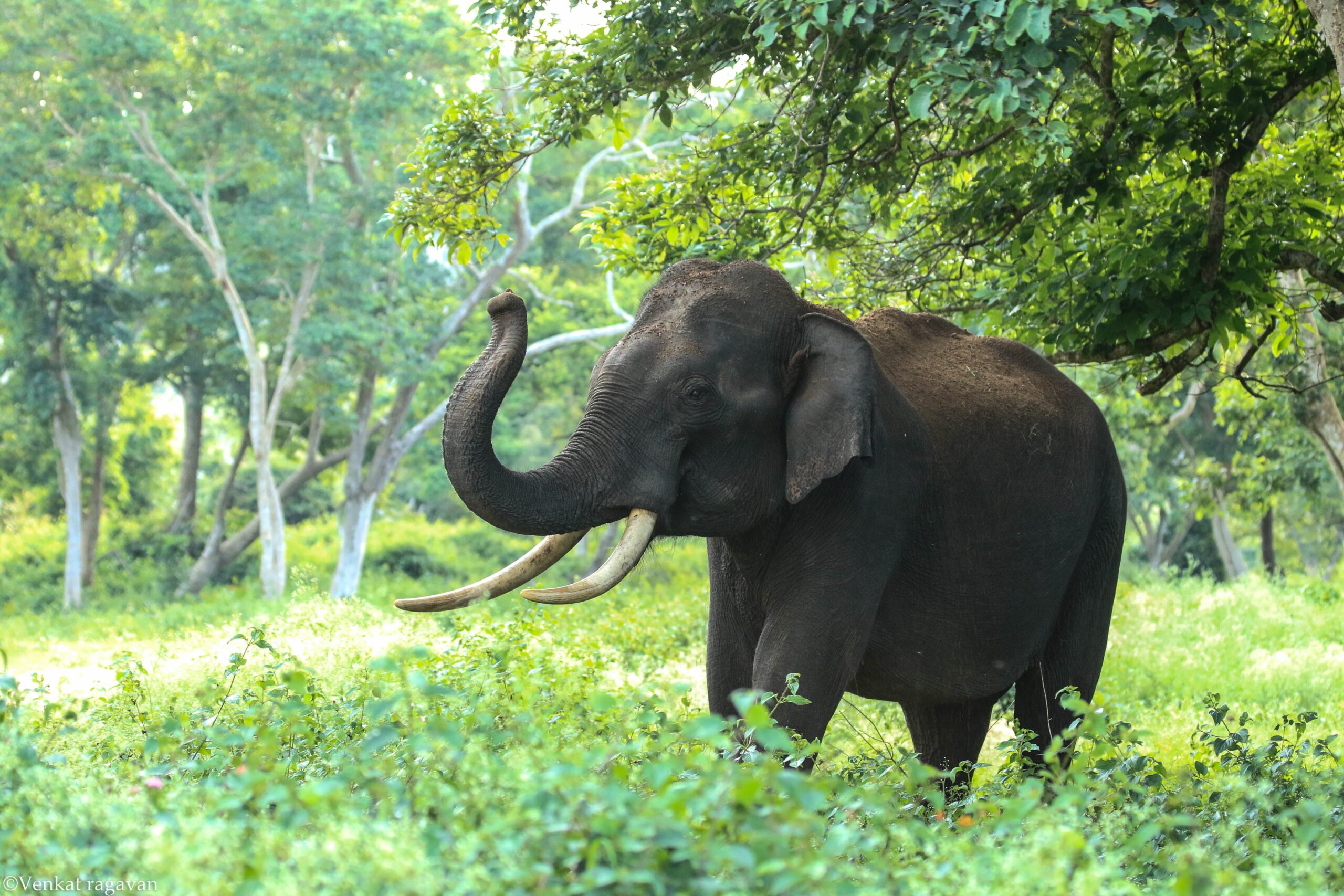In recent news, Manila Zoo announced the passing of Mali, an Asian elephant who gained the moniker of the “world’s saddest elephant.” The city’s mayor, Honey Lacuna, conveyed the news during a press conference, marking the end of Mali’s several decades in captivity.
Mali’s poignant story unfolded as the only captive elephant in the Philippines, residing alone at Manila Zoo for approximately 45 years. Advocacy from animal rights group People for the Ethical Treatment of Animals (PETA) shed light on Mali’s living conditions, emphasizing her confinement, loneliness, boredom, and isolation in an area far smaller than her natural habitat. Back in 2013, the legendary Paul McCartney, in collaboration with PETA, spearheaded efforts to raise awareness about Mali, urging her transfer to an elephant sanctuary in Thailand.
Despite the preparedness of a sanctuary in Thailand to receive Mali, she remained the main attraction at Manila Zoo, drawing attention from other celebrities like Pamela Anderson and Jane Goodall, who joined the campaign to “free Mali.”
In her final years, Mali faced health challenges, including cancer, evident from her distressing behavior such as rubbing her trunk against a wall. The zoo’s chief veterinarian, Dr. Heinrich Patrick Peña-Domingo, shared that despite efforts to alleviate her suffering, Mali succumbed to the illness. However, animal rights activists, including PETA Asia, argue that her death was a result of “indifference and greed,” asserting that Mali lived in a “barren concrete pen.”
While calls for Mali’s relocation persisted, the zoo maintained that it was her only known home, and veterinarians were providing adequate care. PETA Asia criticized the lack of routine veterinary care, citing Mali’s painful foot problems and the delayed detection of her cancer, which, they claim, could have been addressed in a sanctuary.
PETA Asia asserted that those responsible for denying Mali proper care and a different home should be held accountable for their role in her suffering. As the Manila Zoo is approached for a response, the poignant narrative of Mali raises questions about captive elephant care and the ethical considerations surrounding their living conditions.
Insights into the lifespan of Asian elephants provided by various sources, such as the People’s Trust for Endangered Species and the Smithsonian National Zoo, add a broader perspective to Mali’s story. The debate over the average lifespan of Asian elephants in captivity versus the wild further fuels discussions about the welfare of these majestic creatures beyond Mali’s individual case.
![]()
